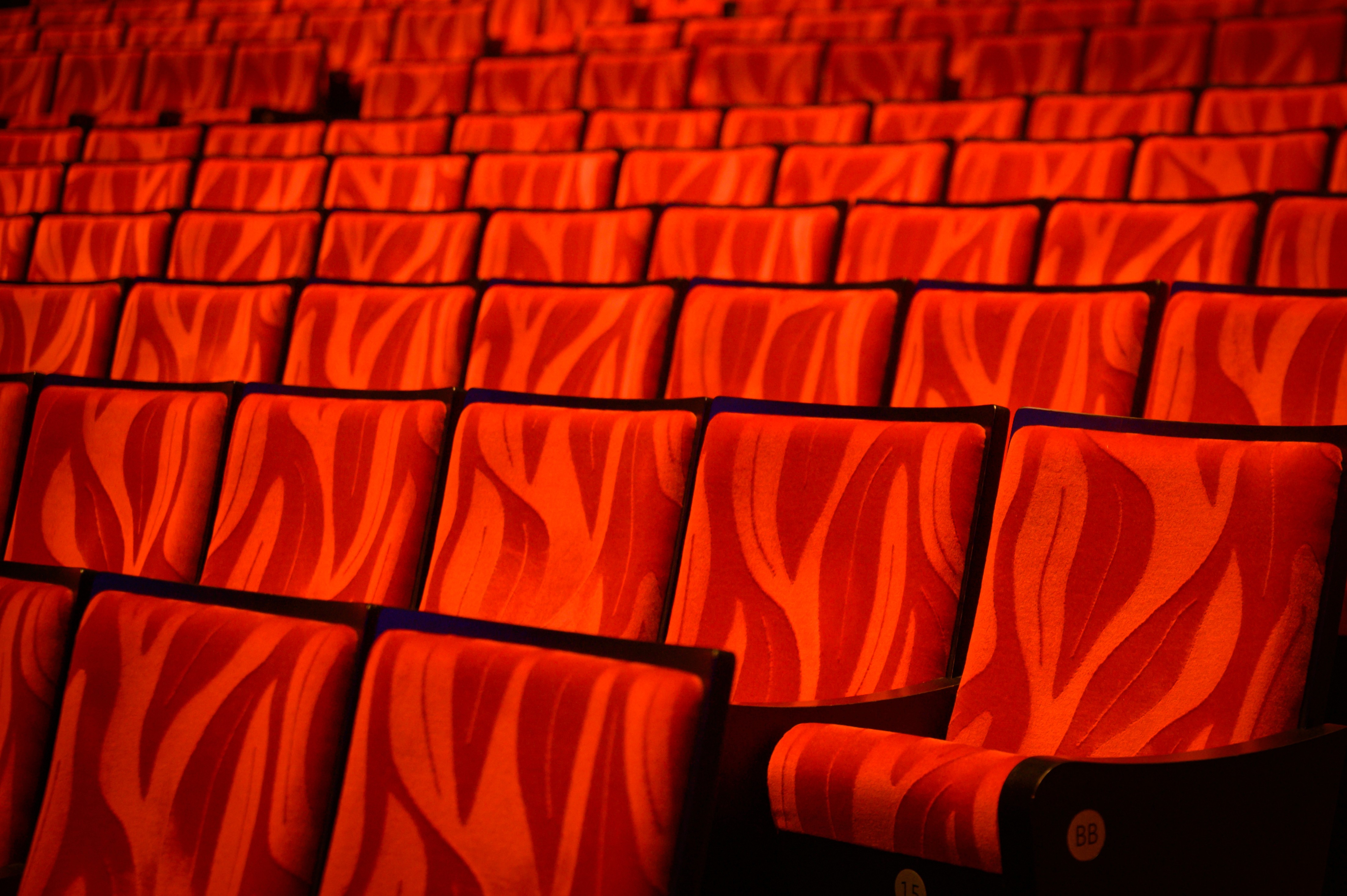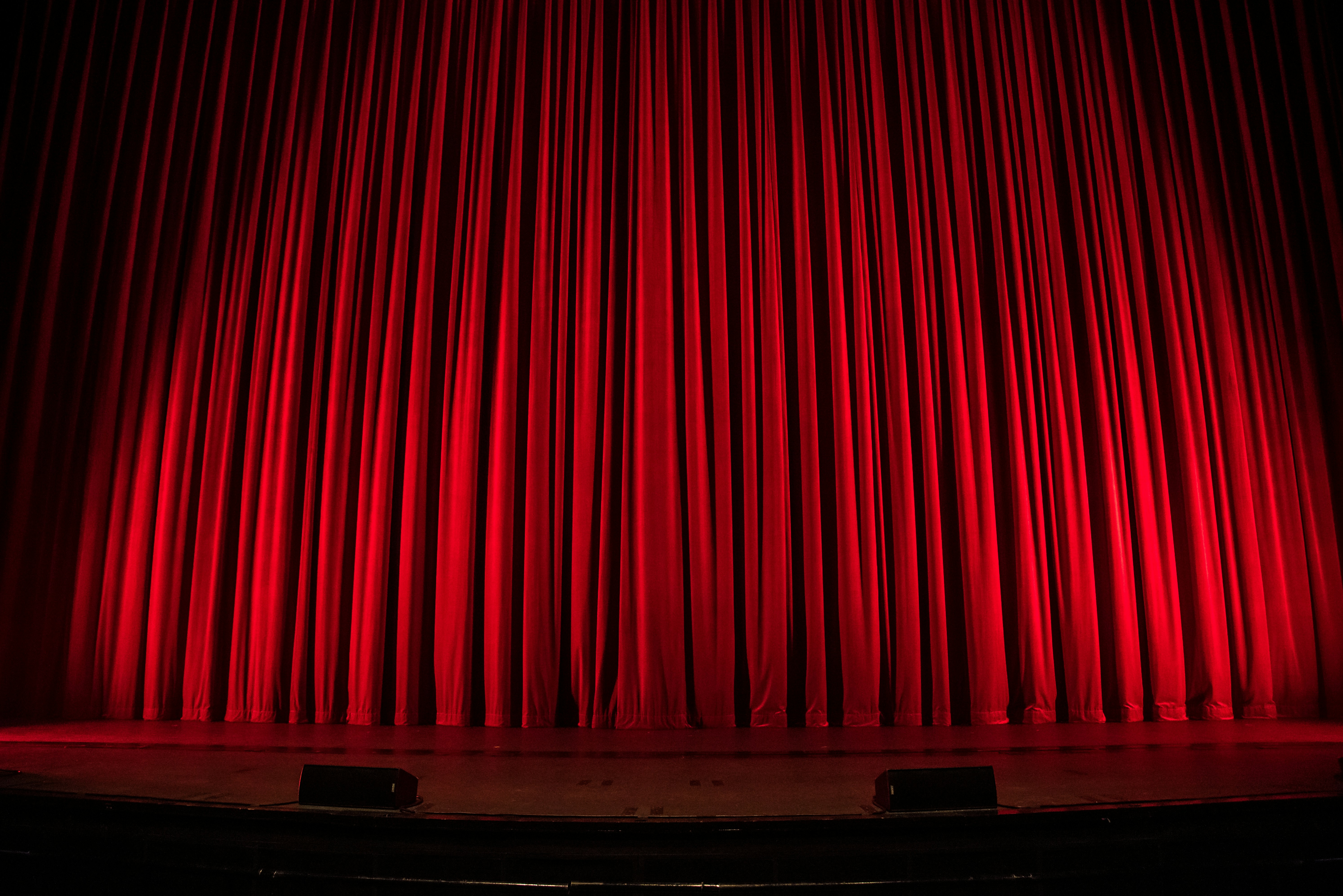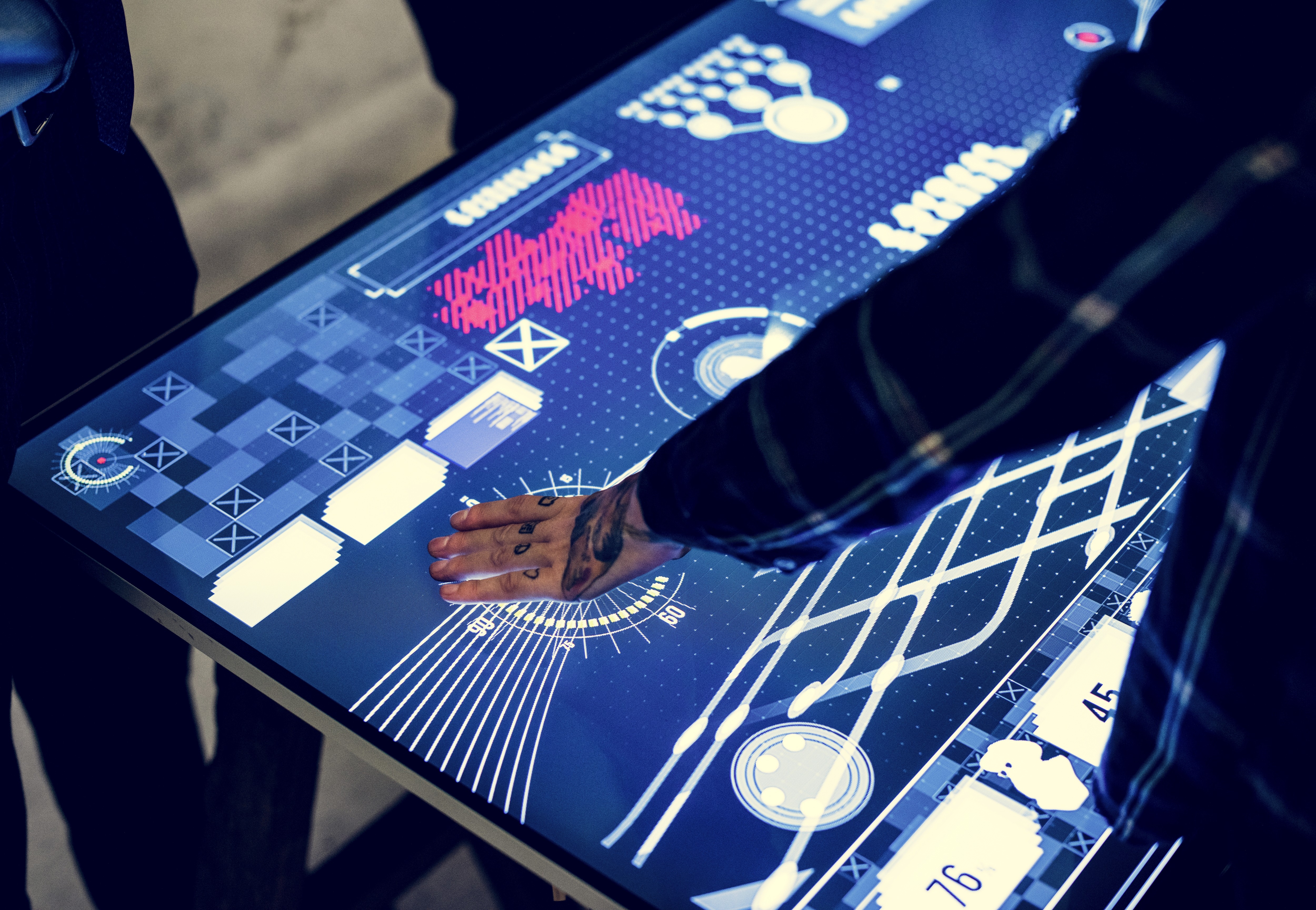In the Round
Definition:
"In the round" refers to a type of stage surrounded by the audience on all sides. This staging configuration creates an intimate and immersive experience, allowing the audience to view the performance from multiple perspectives.
Detailed Explanation:
"In the round" is a theatrical staging format where the stage is positioned at the center of the performance space, with the audience seated around it on all sides. This setup is also known as "arena staging" and contrasts with traditional proscenium stages, where the audience faces the stage from one side only.
Performing in the round presents unique opportunities and challenges. It allows for a more intimate connection between the performers and the audience, as no one is far from the action. The immersive nature of this setup makes the audience feel as though they are part of the performance. However, it also requires careful blocking and choreography to ensure that the performance is visible and engaging from all angles.
Key Elements of In the Round:
Central Stage:
A circular or polygonal stage located in the middle of the audience, providing equal visibility from all sides.
Audience Seating:
Seating is arranged around the stage, often in tiers, to ensure clear sightlines for all audience members.
Flexible Blocking:
Performers must move and position themselves to engage with the audience from all directions, requiring dynamic and thoughtful choreography.
Advantages of In the Round:
Intimacy:
The close proximity of the audience to the stage creates a more personal and engaging experience.
Immersion:
The audience feels surrounded by the performance, enhancing their sense of involvement and immersion in the story.
Unique Perspectives:
Each audience member has a unique view of the action, providing a varied and multifaceted experience.
Challenges of In the Round:
Blocking Complexity:
Ensuring that the performance is visible and engaging from all angles requires careful planning and rehearsal.
Technical Constraints:
Lighting, sound, and set design must be adapted to accommodate the 360-degree viewing angle, which can be technically challenging.
Audience Distraction:
The presence of the audience on all sides can be distracting for performers, who must remain focused despite being surrounded.
Uses in Performance:
Theatre Productions:
"In the round" staging is used for plays and performances that benefit from an intimate and immersive setting, such as dramas and experimental theatre.
Concerts and Events:
Musicians and performers use "in the round" stages for concerts and events to create a closer connection with the audience.
Conferences and Presentations:
This setup is also used for conferences, presentations, and public speaking events to engage the audience more directly.
Design Considerations:
When designing an "in the round" stage, several factors must be considered to ensure it is effective and engaging:
Sightlines:
Ensure that the stage is elevated or the seating is tiered so that all audience members have a clear view of the performance.
Lighting:
Lighting design must be evenly distributed to avoid casting shadows and to ensure performers are visible from all angles.
Sound:
Sound systems must be configured to provide clear and balanced audio for the entire audience, avoiding dead spots and feedback.
Conclusion:
"In the round" staging offers a unique and immersive theatrical experience by positioning the audience around the stage on all sides. This configuration enhances intimacy and engagement, providing varied perspectives and a sense of involvement in the performance. Despite challenges related to blocking complexity, technical constraints, and potential audience distraction, the advantages of intimacy, immersion, and unique perspectives make "in the round" a powerful staging choice. With careful design, thoughtful choreography, and effective technical planning, "in the round" staging can significantly elevate the impact and enjoyment of any performance.


